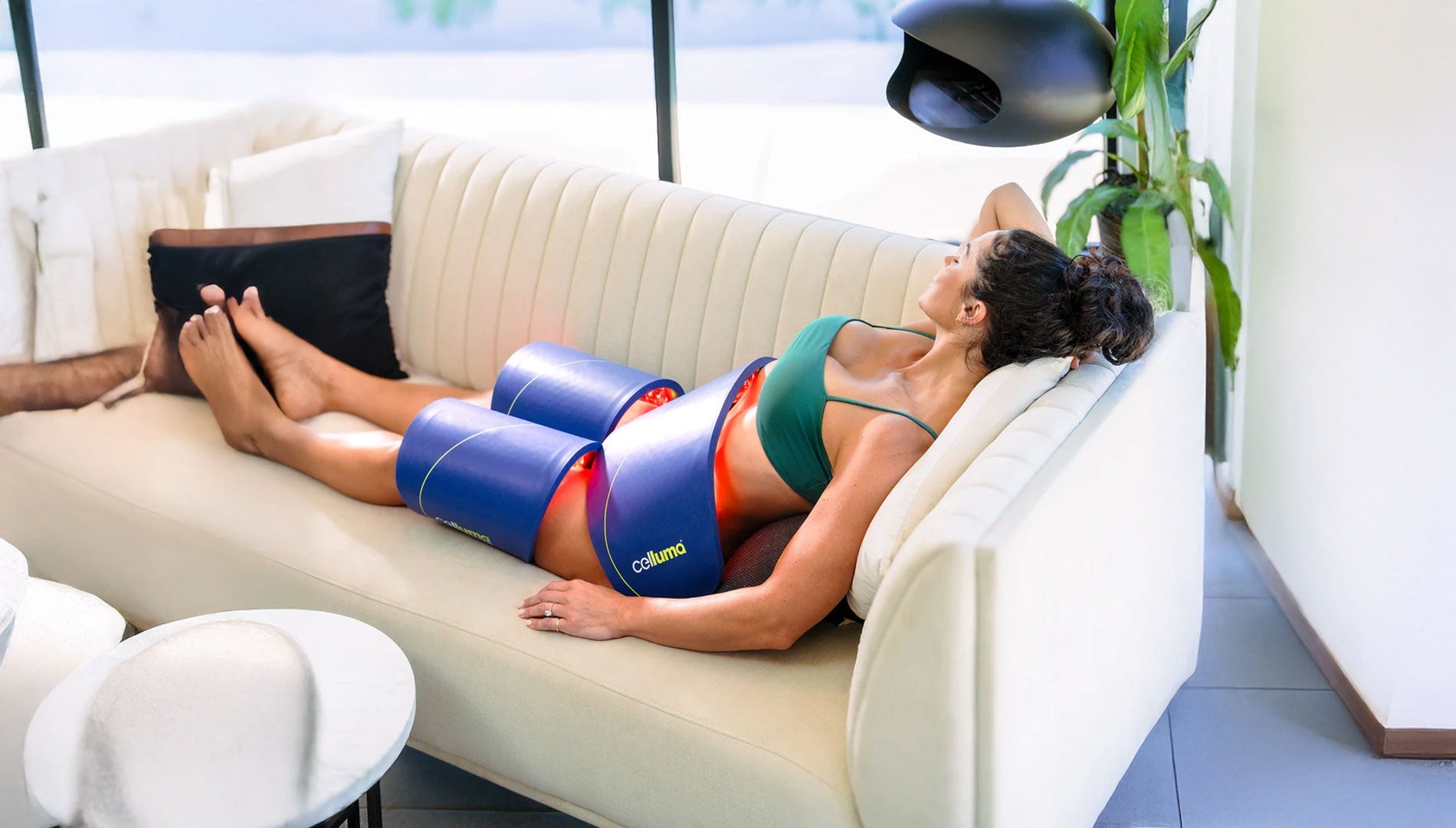
Red Light Therapy Myths Debunked: 4 Scientific Keys to Effective Treatment
The belief that red light therapy “doesn’t work” often comes from unrealistic expectations, misleading marketing content, or using devices that aren’t based on scientifically validated specifications. Red light therapy, also known as photobiomodulation, has become popular for its proven benefits in skin rejuvenation, pain relief, and muscle recovery. Numerous scientific studies confirm that specific wavelengths of light stimulate cellular activity, enhance healing, and promote overall wellness.
To achieve the full benefits of red light therapy, it is critical to choose a device based on four scientific factors:
1. Optimal Wavelengths
Not all red light is equal.
The success of red light therapy depends on using clinically proven wavelengths. Research shows that:
-
Red light (around 640nm): Ideal for stimulating superficial tissue repair and skin rejuvenation.
-
Near-infrared light (around 880nm): Penetrates deeper into tissues, supporting pain relief and muscle recovery.
Studies published in journals such as Lasers in Surgery and Medicine and Photomedicine and Laser Surgery confirm that wavelengths outside the 600-900nm range are far less effective. For the best results, select devices that offer these proven wavelengths and are FDA-cleared and CE-certified.
2. Total Energy Delivered
More than just high power density.
While many devices advertise high irradiance (mW/cm²), the total energy delivered during your session (measured in Joules) is what truly drives the therapeutic benefits.
-
Why Energy Matters: The deeper the energy penetration, the more effective the therapy at activating cellular repair and collagen production.
-
What to Check: Look for devices that specify energy output in Joules per session, ensuring optimal energy absorption and a measurable clinical effect.
3. Proper Delivery Distance
Close contact is crucial.
Red light therapy works best when the device is close to the treatment area. According to the inverse square law, light intensity drops dramatically as distance increases—doubling the distance can reduce intensity by 75%.
-
Effective Device Design: Choose devices with flexible, contoured panels that maintain close skin contact.
-
Positioning: For optimal results, the light should be within 1 inch of your skin to ensure maximum energy delivery.
4. Adequate Treatment Time
Time is a key factor.
Effective red light therapy sessions typically require 20-30 minutes to deliver enough energy to trigger significant cellular responses, such as increased ATP production, collagen synthesis, and inflammation reduction.
-
Session Duration: Follow recommended treatment times rather than ultra-short sessions that promise immediate results.
-
Consistency: Regular, longer sessions help maximize the overall benefits of red light therapy.
Why Choosing the Right Red Light Therapy Device Matters
Understanding these four crucial factors—wavelengths, total energy, delivery distance, and treatment time—is essential when selecting a red light therapy device. Not all devices are created equal, and devices based on solid scientific principles, like those that are FDA-cleared and CE-certified, offer proven, reliable benefits for skin rejuvenation, pain relief, and muscle recovery.
Hacks & Tips:
-
Celluma Devices: For example, the Celluma line of medical-grade, FDA-cleared devices is designed with these precise factors in mind, ensuring optimal red light therapy outcomes.
-
Expert Guidance: Always refer to clinical studies and manufacturer guidelines to confirm that your red light therapy device meets these rigorous standards.
By focusing on scientifically validated specifications, you can avoid common pitfalls and ensure that your red light therapy regimen is both safe and effective. Make an informed investment in your health and wellness by choosing devices that truly work.
References
-
Hamblin, M. R. (2016). Mechanisms and applications of the anti-inflammatory effects of photobiomodulation. Lasers in Surgery and Medicine.
-
Barolet, D. & Boucher, A. (2010). LEDs in dermatology: The effect on skin. Lasers in Surgery and Medicine.
-
Yarosh, D. B., et al. (2012). Photobiomodulation effects on cellular healing. Photomedicine and Laser Surgery.
-
Karu, T. I. (2008). Molecular mechanism of low-intensity laser irradiation. Journal of Photochemistry and Photobiology.
-
Koch, N. (2012). Intensity distribution in laser therapy. Biomedical Optics Express.
-
Barolet, D. (2008). The role of light in photodynamic therapy. Lasers in Surgery and Medicine.
Contact us today for more information on FDA-cleared red-light therapy devices and how they can enhance your health and beauty regimen.
Celluma is a medical-grade Class II medical device, cleared by the FDA and CE, designed for treating acne, wrinkles, pain, hair loss, and more. Only medical-grade devices undergo rigorous testing to meet high safety and performance standards, offering proven benefits.



Leave a comment
This site is protected by hCaptcha and the hCaptcha Privacy Policy and Terms of Service apply.